
How to Care for Rose Gold Plated Jewelry That Actually Lasts
Wondering how to care for rose gold plated jewelry so it stays beautiful over time? Start by storing each piece separately in soft pouches, away from sunlight and moisture. Always clean with a soft, lint-free cloth and steer clear of abrasive cleaners or harsh chemicals. Remove your jewelry before activities involving sweat or water, and only put it on after applying cosmetics. Use gentle, non-abrasive cloths to polish—never scrub. If you notice fading or scratches, it's best to consult a professional for re-plating. For more care tips, or to find pieces built for daily wear, check out our Waterproof Jewelry collection.
Understanding Rose Gold Plated Jewelry
While rose gold plated jewelry may look identical to solid rose gold at first glance, it actually consists of a base metal—typically brass, copper, or silver—coated with a thin layer of rose gold through electroplating.
You’ll find that the choice of metal alloys as the core affects durability and weight. The electroplating process deposits a rose gold finish, with plating thickness measured in microns. Most commercial pieces feature a thickness between 0.5 to 2.5 microns; anything less wears quickly, while thicker plating increases longevity and resistance to tarnish.
Understanding these technical aspects lets you distinguish plated jewelry from solid pieces and informs you about the expected lifespan. Always check for manufacturer specifications regarding both metal alloys and plating thickness when evaluating quality.
Why Proper Care Matters
Because rose gold plated jewelry features only a thin outer layer of precious metal, it’s especially vulnerable to scratching, tarnishing, and fading over time.
If you want your pieces to retain their gem quality appearance, you need to recognize that regular wear and exposure to moisture or chemicals can accelerate deterioration.
When you’re following the latest fashion trends, worn or discolored plating can diminish the overall effect of your accessories.
Proper care is essential for maintaining the brilliance and luster that make rose gold plated jewelry desirable.
By understanding how easily the surface can degrade, you’ll be more likely to store pieces correctly and wear them thoughtfully, which preserves both their visual appeal and value.
Taking care now means lasting beauty later.
Cleaning Your Rose Gold Plated Pieces
Although rose gold plated jewelry offers a distinct, elegant sheen, cleaning it demands careful technique to avoid damaging the delicate surface. To maintain its luster, always use gentle cleaning methods. Start by wiping your jewelry with a soft, lint-free cloth to remove surface oils and debris.
For deeper cleaning, opt for DIY solutions—mix a few drops of mild dish soap with lukewarm water. Soak your piece briefly, then gently clean with a soft-bristled toothbrush, paying attention to intricate details. Rinse thoroughly with clean water and pat dry immediately with a soft cloth.
Never use abrasive materials or vigorous scrubbing, as this can erode the rose gold plating. Consistent, gentle care guarantees your jewelry retains its beauty and resists premature fading.
Avoiding Chemicals and Harsh Substances
To preserve the integrity of your rose gold plated jewelry, keep it away from chemicals and harsh substances at all times. Exposure to these agents can trigger chemical reactions that corrode or discolor the delicate plating.
Everyday items like perfumes, lotions, and hairsprays often contain alcohol or acids that break down the finish. Even sweat, due to its salt content, can accelerate tarnishing if left on the surface.
Avoid contact with household cleaners, as they’re typically formulated with abrasive compounds or ammonia that strip the plating’s luster.
When you’re cleaning, gardening, or swimming, always remove your jewelry to prevent inadvertent exposure.
Storing Your Jewelry the Right Way
Proper storage is essential for maintaining the radiant finish of your rose gold plated jewelry. To prevent scratches and tarnish, you should invest in specialized storage containers with soft, non-abrasive linings.
Individual compartments or pouches within these containers offer ideal jewelry organization, reducing contact between pieces and minimizing friction. Never pile items together in a drawer or box, as this can accelerate wear on the plating.
For delicate chains or items with intricate settings, lay them flat to avoid tangling and stress on clasps. Store your jewelry in a cool, dry place away from direct sunlight, as excessive heat or humidity can degrade the plating.
Consider using anti-tarnish strips or silica gel packets in your storage containers to further protect your collection.
Wearing Tips to Prevent Tarnishing
Once you’ve guaranteed safe storage for your rose gold plated jewelry, your daily habits play a significant role in preserving its luster. Always put on your jewelry last when getting dressed to minimize contact with lotions, perfumes, and hair products, which can accelerate tarnishing.
While jewelry layering is a popular fashion trend, make sure not to stack rose gold plated pieces with metals of differing hardness, as friction can erode the delicate plating.
Remove your jewelry before strenuous activities, including exercising and swimming, since sweat and chlorinated water are corrosive. Avoid wearing your pieces in environments with high humidity or direct sunlight, as both can speed up oxidation.
Handling Scratches and Fading
Although rose gold plated jewelry boasts a beautiful finish, everyday wear inevitably exposes it to scratches and gradual fading. To minimize this, avoid layering jewelry pieces that may rub against each other, as friction accelerates surface damage.
Choose softer fabrics for storage, and always separate items to reduce abrasive contact. Implement seasonal care by reassessing your accessories according to climate changes; for instance, remove jewelry in summer when sweat and humidity can exacerbate fading.
When you notice light scratches or dullness, resist the urge to use abrasive materials or harsh chemicals, as these will strip the delicate plating. Instead, focus on gentle habits and protective storage.
Safe Polishing Techniques
Because rose gold plating is especially delicate, you need to use specific techniques when polishing these pieces to prevent accidental damage. Always choose high-quality, non-abrasive polishing cloths designed for plated jewelry.
Gently buff the surface using light, circular motions, taking care not to apply excessive pressure that could wear away the thin rose gold layer. Avoid abrasive cleaners at all costs, as they can scratch or strip the plating, leaving your jewelry looking dull and uneven.
If your jewelry has intricate detailing or hard-to-reach spots, use a soft, clean brush with gentle strokes. It’s essential to polish only when necessary; over-polishing accelerates fading.
When to Remove Your Jewelry
Whenever you engage in activities that expose your rose gold plated jewelry to moisture, chemicals, or physical abrasion, remove your pieces beforehand to prevent premature wear. Daily wear can quickly degrade the plating if you don’t practice strategic jewelry removal.
Take off your jewelry before showering, swimming, exercising, washing hands, or applying lotions and perfumes. Even household cleaning agents and sweat accelerate tarnishing and fading.
Remove rings and bracelets before cooking, gardening, or handling rough objects, as these actions can cause scratches and diminish the luster of the rose gold plating.
Professional Maintenance and Replating
Even with impeccable at-home care, rose gold plated jewelry will eventually show signs of fading or wear. When this happens, seeking professional maintenance is vital.
Experienced jewelers assess your piece for underlying issues and perform essential jewelry repair, such as fixing clasps, prongs, or minor dents before replating.
Understanding replating essentials is key: professionals thoroughly clean the jewelry to remove oils and debris, polish the surface, and apply a new layer of rose gold using advanced electroplating techniques.
This process restores both appearance and longevity. Don’t attempt DIY replating—improper methods can cause uneven finishes or further damage.
Schedule professional inspections annually to catch problems early and maintain your jewelry’s brilliance. Trust experts to ensure your rose gold plated pieces truly last.
Frequently Asked Questions
Can Rose Gold Plated Jewelry Cause Skin Allergies or Reactions?
You can experience skin allergies or reactions from rose gold plated jewelry if it contains nickel, especially if you have skin sensitivity. Always check for nickel content, as prolonged contact can trigger dermatitis or irritation in sensitive individuals.
Is Rose Gold Plating Considered Hypoallergenic?
Rose gold plating isn't universally hypoallergenic, so you should consider allergy concerns if you have skin sensitivity. Trace metals like nickel in the base layer can trigger reactions, even though the rose gold itself rarely causes allergies.
Are There Eco-Friendly Ways to Dispose of Old Rose Gold Plated Items?
You can choose eco friendly disposal by exploring recycling options at specialized metal recycling centers. They’ll separate precious metals from base metals, ensuring responsible processing. Don’t just toss items; recycling options minimize environmental impact and recover valuable materials efficiently.
Can Rose Gold Plated Jewelry Be Resized or Repaired if Damaged?
You can explore resizing options for rose gold plated jewelry, but be cautious—altering the base metal may damage the plating. Professional repair techniques can address minor damage, but replating is often required to restore appearance and durability.
How Does Rose Gold Plating Compare to Vermeil or Solid Gold?
When you compare rose gold plating, vermeil, and solid gold, you’ll notice plating durability and metal composition differ considerably. Rose gold plating is thinnest and least durable, vermeil uses thicker gold over silver, while solid gold offers maximum longevity.
Conclusion
By following these detailed care steps, you'll greatly extend the life of your rose gold plated jewelry. Remember, consistent cleaning with gentle solutions, proper storage, and prompt removal before contact with water or chemicals are non-negotiable. Don’t ignore early signs of fading or scratches—address them with safe polishing or professional help. Ultimately, treating your pieces with technical precision ensures lasting shine and preserves both beauty and value for years to come.





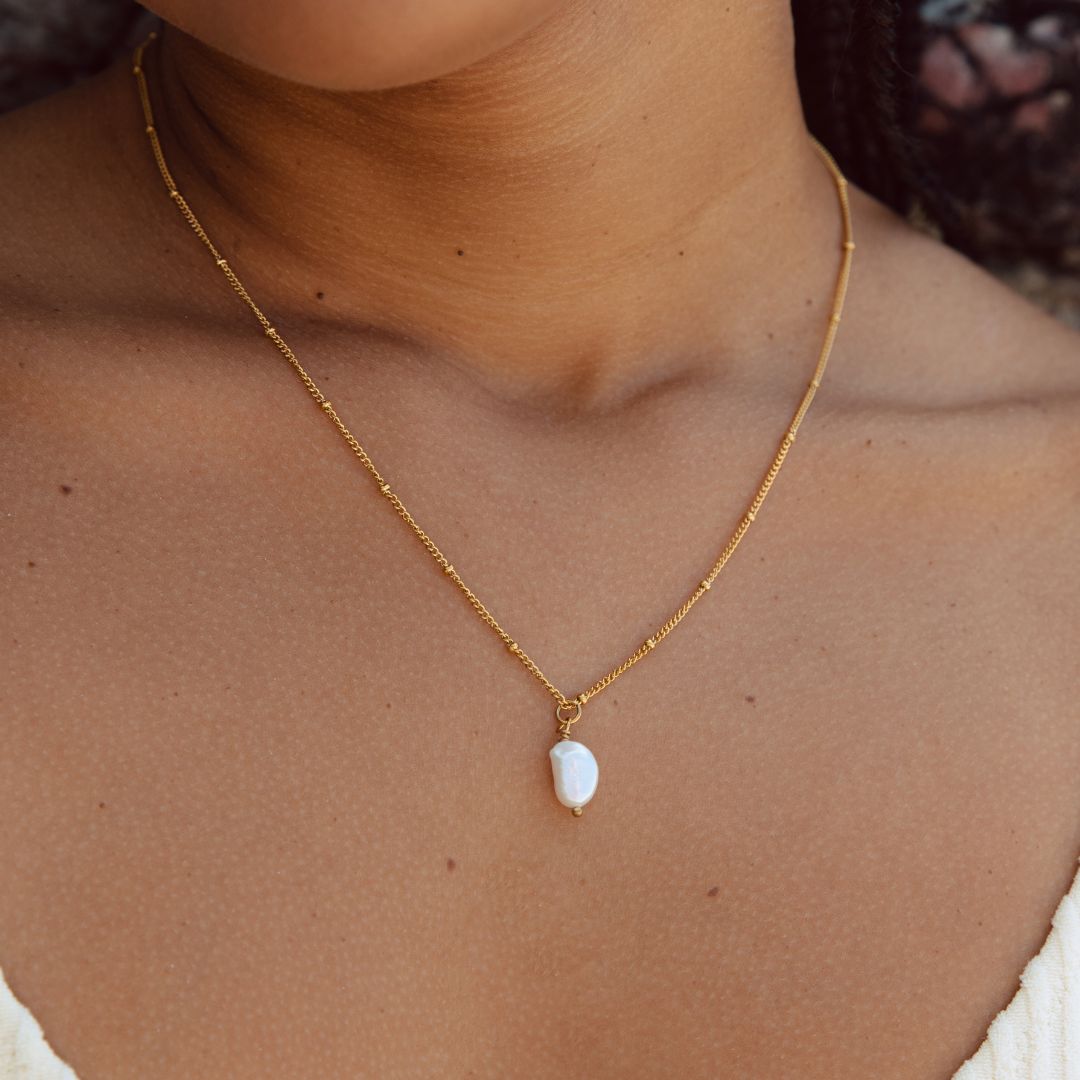

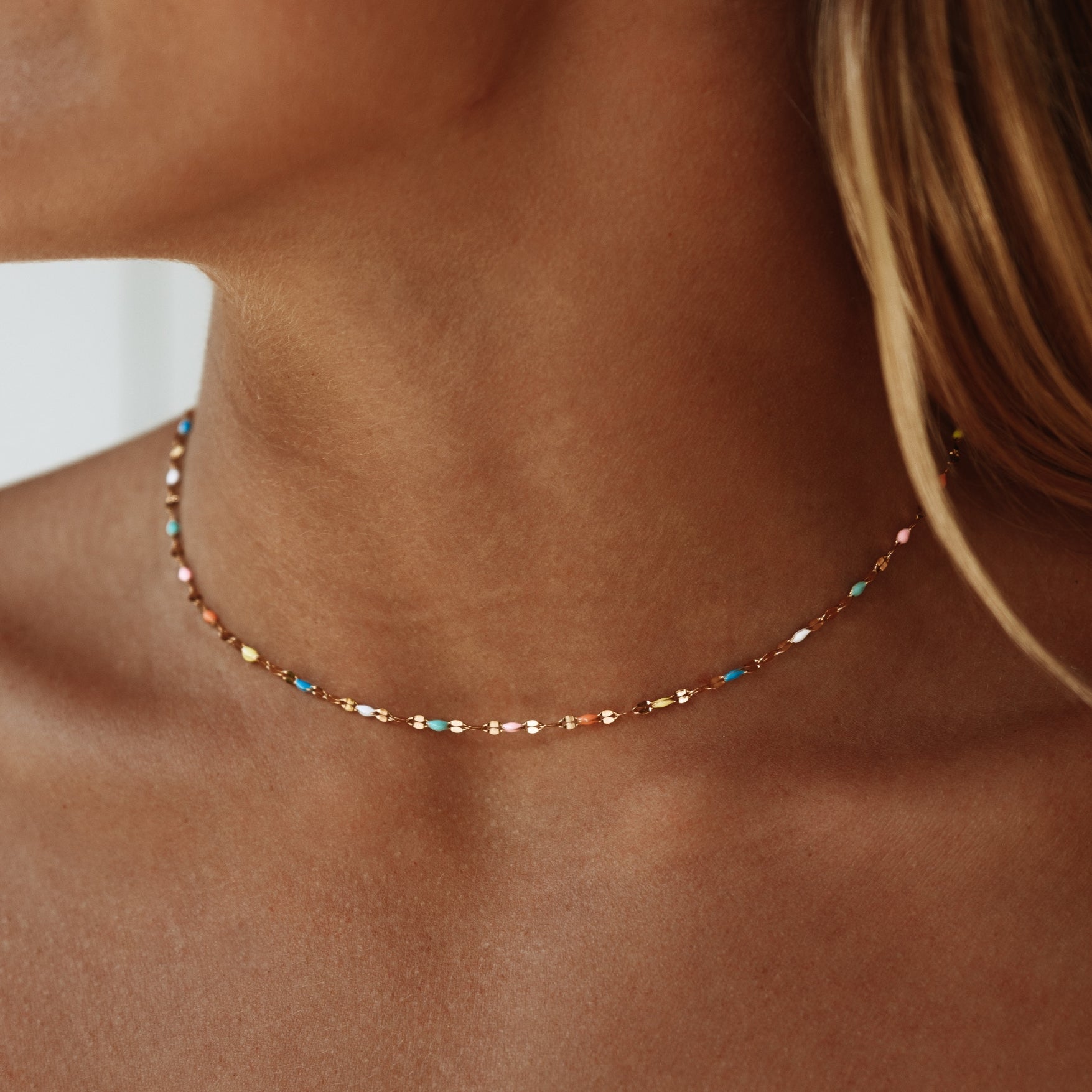


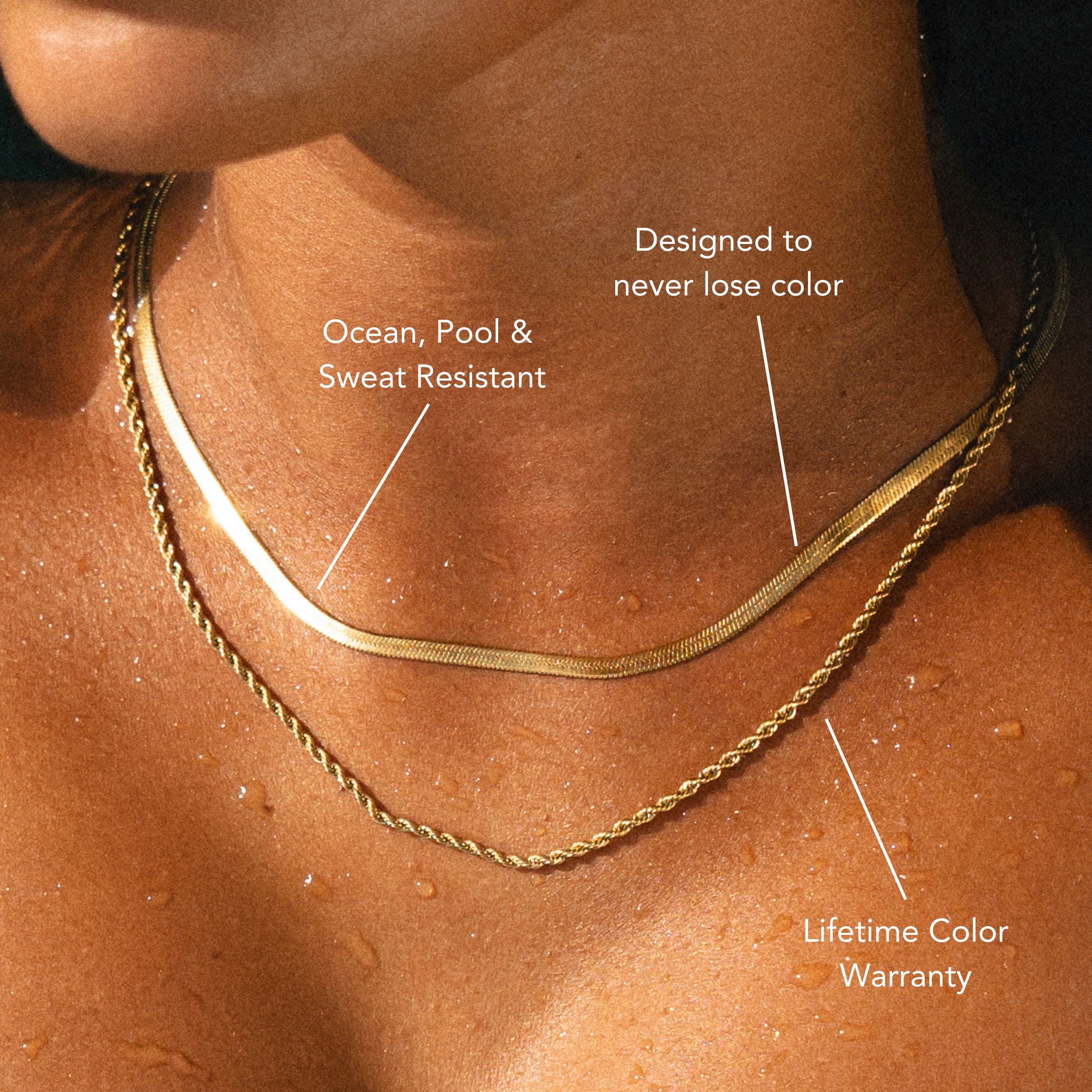
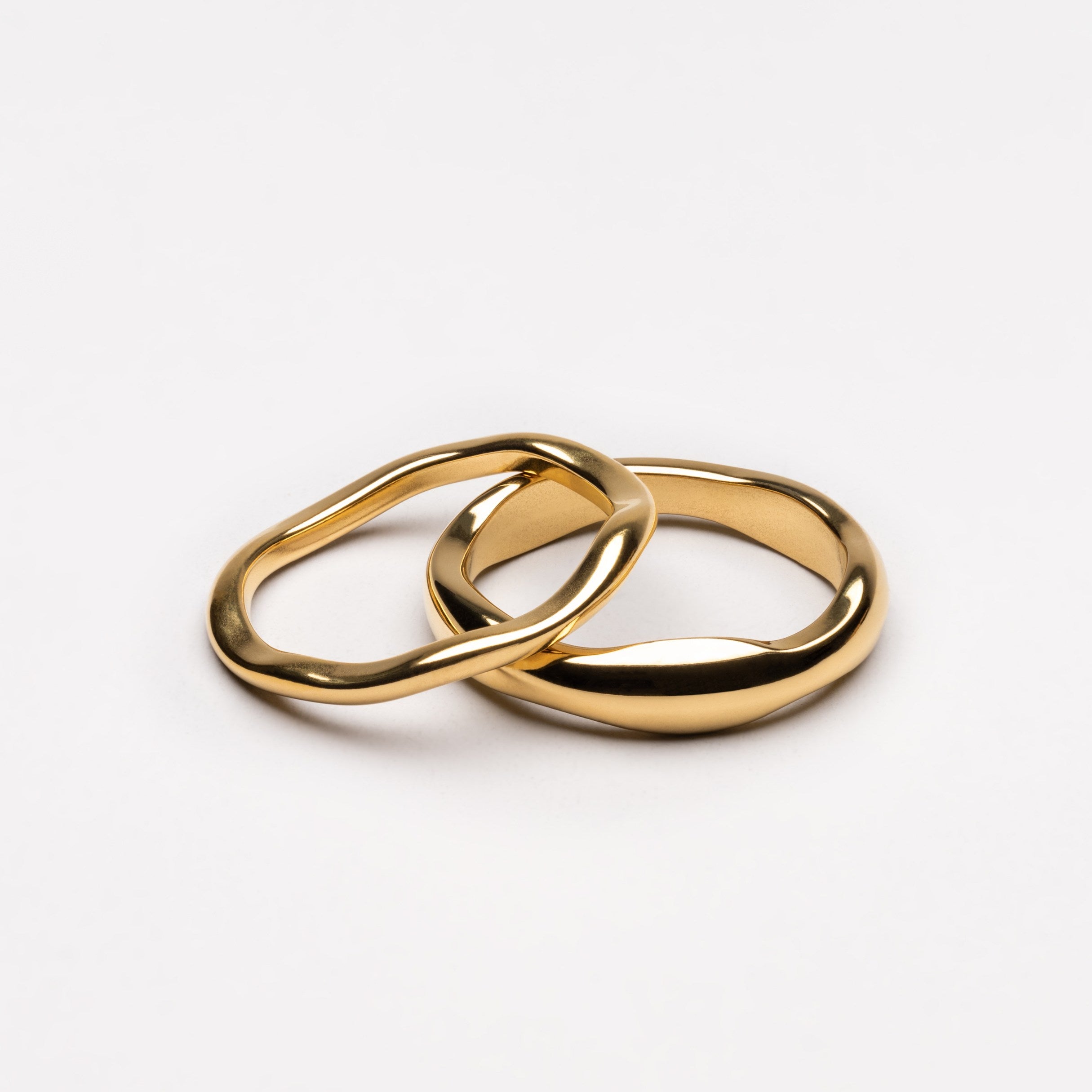


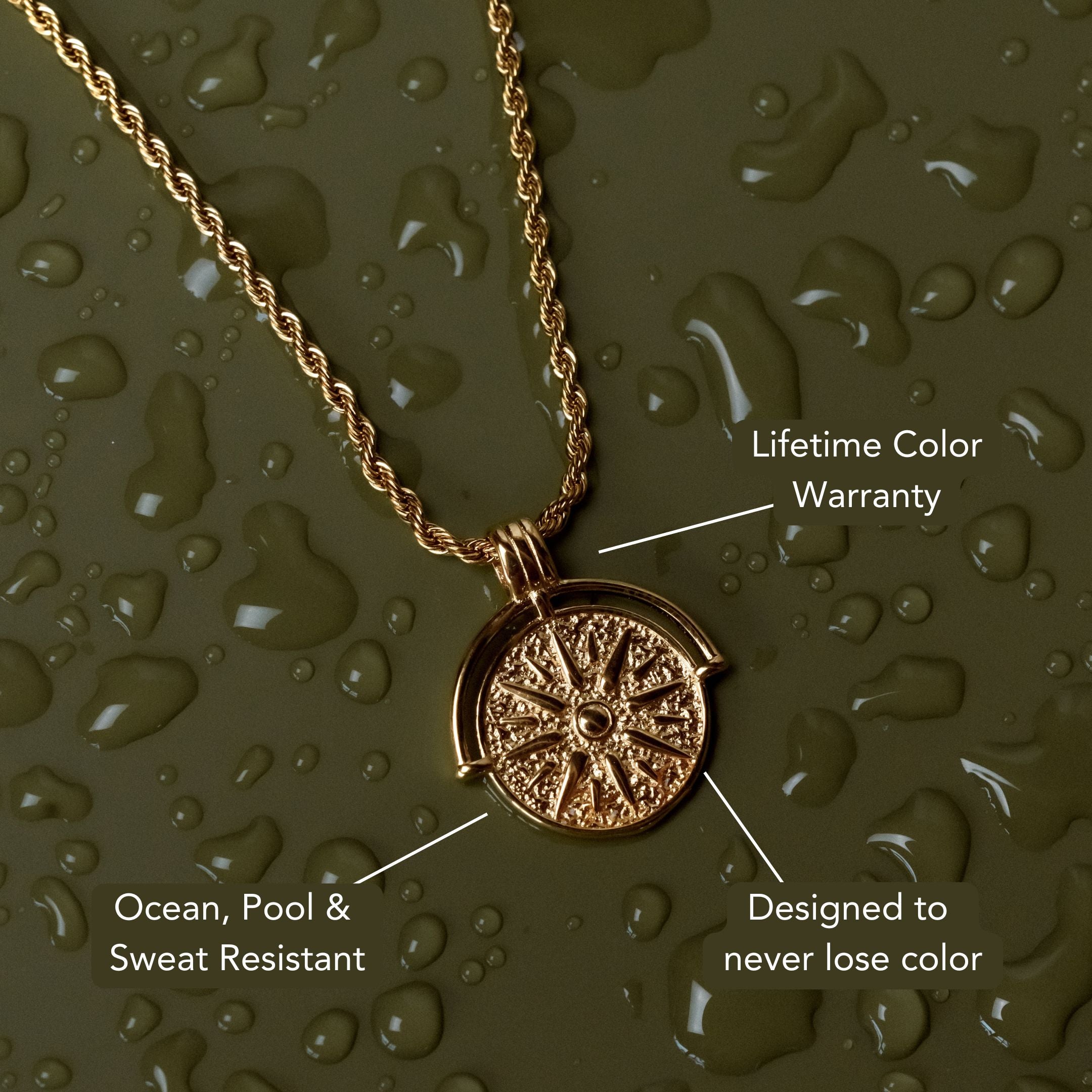






Leave a comment
This site is protected by hCaptcha and the hCaptcha Privacy Policy and Terms of Service apply.